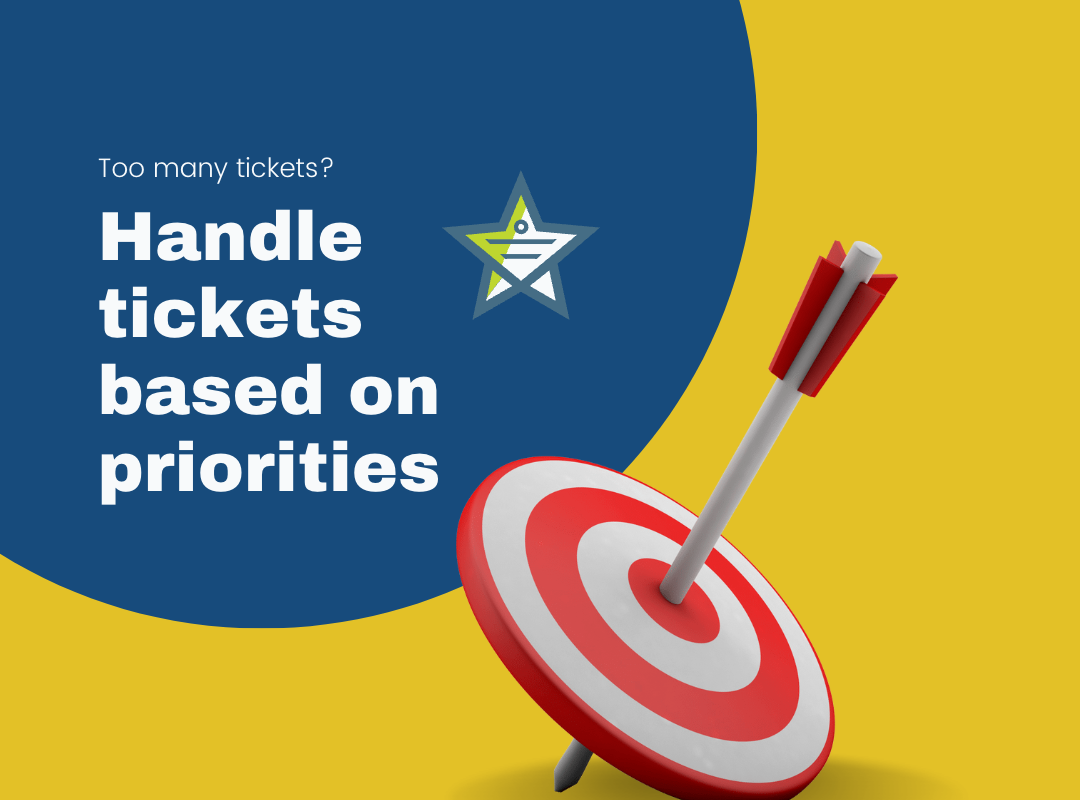
When a help desk starts to receive many tickets, agents can have a hard deciding which tickets should be handled first. This is where using the ticket priority attribute can help. Ticket priority is the basis of meeting a help desk’s service quality goal.
At Mojo Helpdesk, we set customer service tickets priority levels based on the incident impact on the customers’ business. Here is how we define it at Mojo Helpdesk:
- Low Priority: This level of priority is used for issues that have a minor impact on the business, such as minor feature requests or cosmetic issues. These tickets may have a longer response time and are handled during business hours.
- Normal Priority: This level of priority is used for issues that have a moderate impact on the business, such as a bug affecting a key feature or a customer with a high lifetime value. Normal priority tickets should be responded to within a reasonable time frame during business hours.
- Urgent Priority: This level of priority is used for issues that have a significant impact on the business, such as a critical bug affecting multiple customers or a high-value customer reporting an issue. Urgent priority tickets should be responded to as soon as possible during business hours.
- Emergency Priority: This level of priority is used for issues that have a severe impact on the business, such as a widespread outage affecting many customers or a security breach. Emergency priority tickets should be responded to immediately, with round-the-clock support until the issue is resolved.
Notice the key concept of responding during business hours or round-the-clock. At Mojo Helpdesk, when an emergency priority ticket is created, an agent is immediately assigned to it, regardless of the time of day or what day it is. This means that it could be 10pm on Christmas Eve and our agents will be available for such a request. That is the definition of round-the-clock support. Luckily, emergency tickets are rare and most requests are handled during business hours when our agents are at work.
The above priority definition works well for us but will probably not be relevant for a business-to-consumer company that sells cookbooks. This means that businesses need to define their priority based on their own needs and customer service goals.
🚀 Tip: When using the Mojo Helpdesk Service Level Agreement (SLA) feature, Mojo Helpdesk will proactively notify agents when SLA deadlines are approaching. This allows them to stay on top of their customer service quality commitments.
